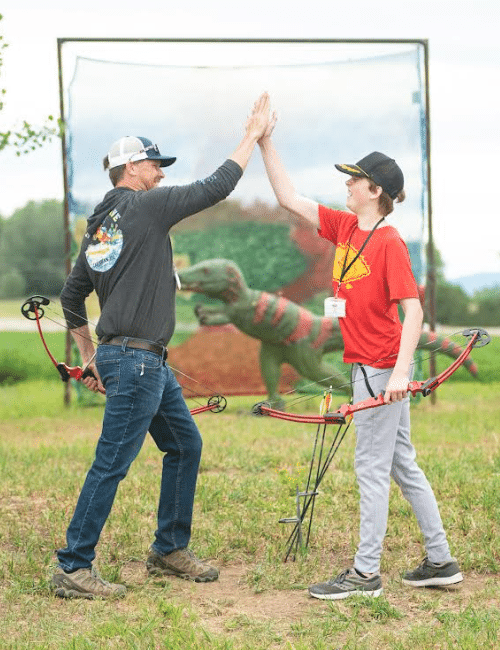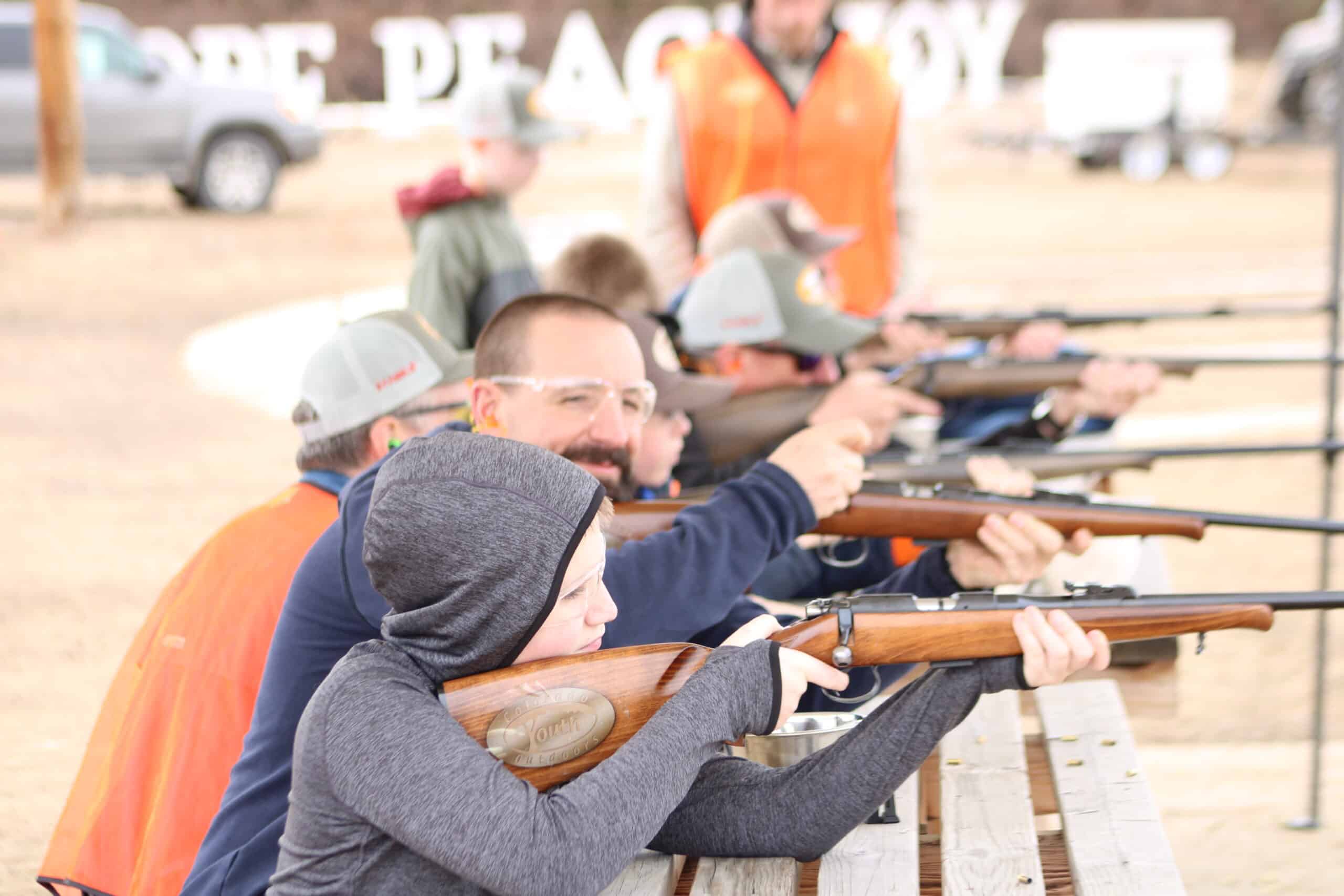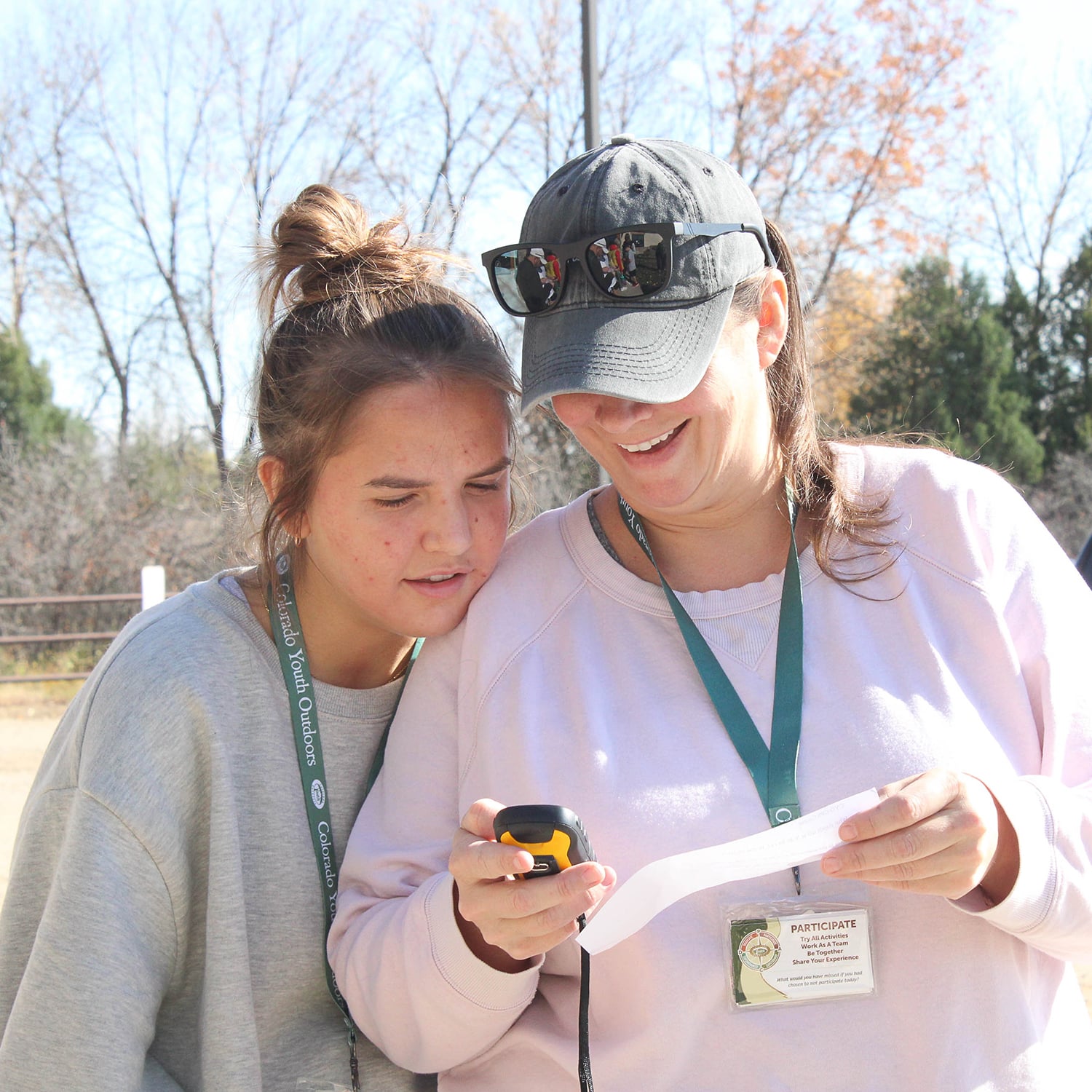
Here’s the third installment in a 4-part series on Colorado Youth Outdoors’ teaching model: PACD.
Part 1: Participate & Part 2: Appreciate are worth checking out.
PACD (Participate, Appreciate, Communicate, Dedicate) is what CYO has developed over 20+ years of teaching outdoor recreation. Our goal has always been building your relationship.
Building Your Relationship
PACD is a toolkit to help frame the way you think about and interact to one another. To make it work, we mix in new activities, challenges to complete together, and a bit of the out-of-doors. (We’re onto something – read about Colorado’s Outdoor RX)
Now, we don’t claim to be therapists. We’d never want a talk about feelings to get in the way of catching a bass.
In fact, we’d never call our PACD toolkit ‘therapy’. It’s more like character building. Think of it like that pocket knife you carry around: it takes a hard job & makes it a little easier.
Third word: Communicate
“The greatest problem in communication is the illusion that it has taken place.” – George Bernard Shaw
Is communication an important part of a relationship? Sheesh – unless you’ve got one of those elementary school pass-the-note sort of relationships going, you’ve got to figure out how to communicate. With your family, your friends, in classrooms and at work — communication is essential to everything we do together!
I said what I said — how can I say it better?

At Colorado Youth Outdoors, we talk about how we can improve our relationships by actively improving these four types of communication:
- Sharing – sharing occurs when you convey thoughts, feelings, ideas, or insights to others
- Active Listening – I bet you can think up your own ways to be an active listener! Here’s an article about active listening with additional ideas.
- Stay Positive – being negative can end a conversation quicker than a lab eats dinner! Here’s some tips to keep the conversation positive.
- Feedback – giving it, and being open to receiving it, too! Here’s some tips to consider.
How does communication play into learning a new task?
Fly fishermen talk about the conversation they are having with a fish. Have they lost their minds? Maybe. But you’ve got to concede the fish are saying things. . . just not using words.
When fishing, it helps to read the water, figure out what the fish are eating, understand how the weather affects the fish and then try your best to mimic the environment. All of which occur as non-verbal communication between you and that fish you’d like on your line.
Another example happens on the gun range. At CYO, we can host 50 people on our trap range. 25 are holding guns, the other 25 are holding bullets, and they all have plugs in their ears. Safety is always the most important thing out there — how do we stay safe when all the sounds coming into our ears are muffled?

Continuing the lesson plan:
If you’re continuing from the participate and appreciate blog posts – two of you have started an activity together that you’re both curious about. Fixing a car, cake decorating. . . the activity makes no difference to us.
Here’s your goals as you approach the activity from an COMMUNICATION framework:
share – be an active listener – stay positive – give feedback
Some questions to ask yourselves at the end of your activity:
What did feedback look like during the activity from your partner?
What did feedback look like from your environment?
What was the feedback from the activity itself?
When the activity became difficult, did you stay positive? If not, what are some ideas to help you stay positive the next time?
Additional Exercises:
Conversations are often easier when we’re doing another simple task at the same time.
Go toss a baseball, throw a frisbee, or find something else you can pass back and forth. You’re going to have a conversation — you must say something in order to toss the ball back to your partner.
A conversation is a lot like tossing a ball to one another. It’s give and take on a two-way street. When someone asks you how your day was, and your reply is “good,” . . . it’s like throwing the ball into a pond! Game over.
Try to keep the conversation flowing, exactly the same as you’re throwing that ball back and forth.
